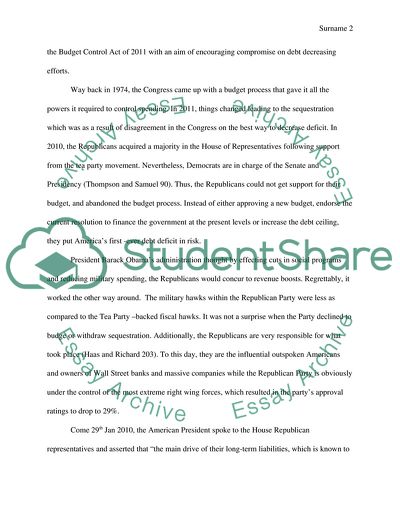Cite this document
(U.S. Fiscal and Monetary Policy Essay Example | Topics and Well Written Essays - 2500 words, n.d.)
U.S. Fiscal and Monetary Policy Essay Example | Topics and Well Written Essays - 2500 words. https://studentshare.org/macro-microeconomics/1820060-us-fiscal-and-monetary-policy
U.S. Fiscal and Monetary Policy Essay Example | Topics and Well Written Essays - 2500 words. https://studentshare.org/macro-microeconomics/1820060-us-fiscal-and-monetary-policy
(U.S. Fiscal and Monetary Policy Essay Example | Topics and Well Written Essays - 2500 Words)
U.S. Fiscal and Monetary Policy Essay Example | Topics and Well Written Essays - 2500 Words. https://studentshare.org/macro-microeconomics/1820060-us-fiscal-and-monetary-policy.
U.S. Fiscal and Monetary Policy Essay Example | Topics and Well Written Essays - 2500 Words. https://studentshare.org/macro-microeconomics/1820060-us-fiscal-and-monetary-policy.
“U.S. Fiscal and Monetary Policy Essay Example | Topics and Well Written Essays - 2500 Words”. https://studentshare.org/macro-microeconomics/1820060-us-fiscal-and-monetary-policy.


